The Salmon's History Lesson
The Osprey History Issue
In his wonderful book “King of Fish: The Thousand Year Run of Salmon,” author David R. Montgomery delves into the four Hs — hatcheries, habitat, hydro and harvest — well-known to wild Pacific salmon and steelhead advocates as shorthand for the human endeavors that threaten their very existence. But Montgomery goes one better and adds another “H” to the mix — history — and, when it comes to wild fish conservation, how we have failed to learn from it.
He notes that the catastrophic decline of wild Pacific salmon and steelhead in the Pacific Northwest, “is a strikingly faithful retelling of the fall of Atlantic salmon in Europe, and again later in eastern North America.” It echos Pete Soverel’s Hits and Misses” column in the Winter 2023 issue of The Osprey and the truism that those who ignore history are doomed to repeat it.
ALSO IN THIS ISSUE
• STATE OF CALIFORNIA CHINOOK SALMON
• COLUMBIA RIVER POUND NETS REDUCE BYCATCH MORTALITY
• MAJOR SOUTHERN CALIFORNIA STEELHEAD PASSAGE PROJECT
• COLUMBIA RIVER SUMMER STEELHEAD FORECAST WORST EVER
So, in this issue, we have some history for you. Our cover story “The Salmons’ History Lesson” by Robert T. Lackey describes how a number of regional, national and world historical events — both natural and human-driven — have, like the “Butterfly Effect,” combined to change the course of wild Pacific salmon and steelhead fortune’s, mostly to their detriment.
There is a little bit of history embedded, in one way or another, in each of the articles in this issue. For example, the decline of California Chinook salmon from a host of human and climate-related factors or the potential return of historical indigenous methods for catching salmon in a more sustainable manner.
Pete Soverel’s Hits and Misses column, “The View from 1898” struck me in particular for its connections, through his steelheading mentor Ken McLeod, who was fishing the rivers of the Pacific Northwest well before the dams came in and wild fish populations plunged. It occurred to me, while reading the column, that Pete, through that connection with Ken, is himself, in a way, also connected to those early days
Sockeye runs at Katmai National Park, Alaska. It’s among the dwindling number of places on the planet that still has a semblance of historical salmon abundance. Photo Courtesy National Park Service when wild salmon and steelhead stilled filled the rivers of the West Coast.
It’s a bit like that game “six degrees of separation” where you connect yourself to other people you don’t know through your relationship with a person you know, and their relation- ship with others.
History is made up of connections between people, places and events through time. A family member of mine, when she was an infant, was living with her parents in the city of Vanport, Oregon on that Memorial Day in 1948 when the great flood struck. So there’s my connection to the early days and an event on the Columbia River that set off a profound change to the salmon’s future.
Give it some thought, and I am sure you will find yourself connected in ways, that never occurred to you, to the wild salmon and steelhead that we care so much about.


